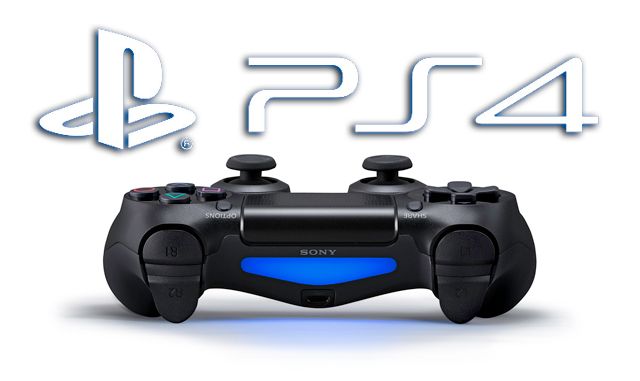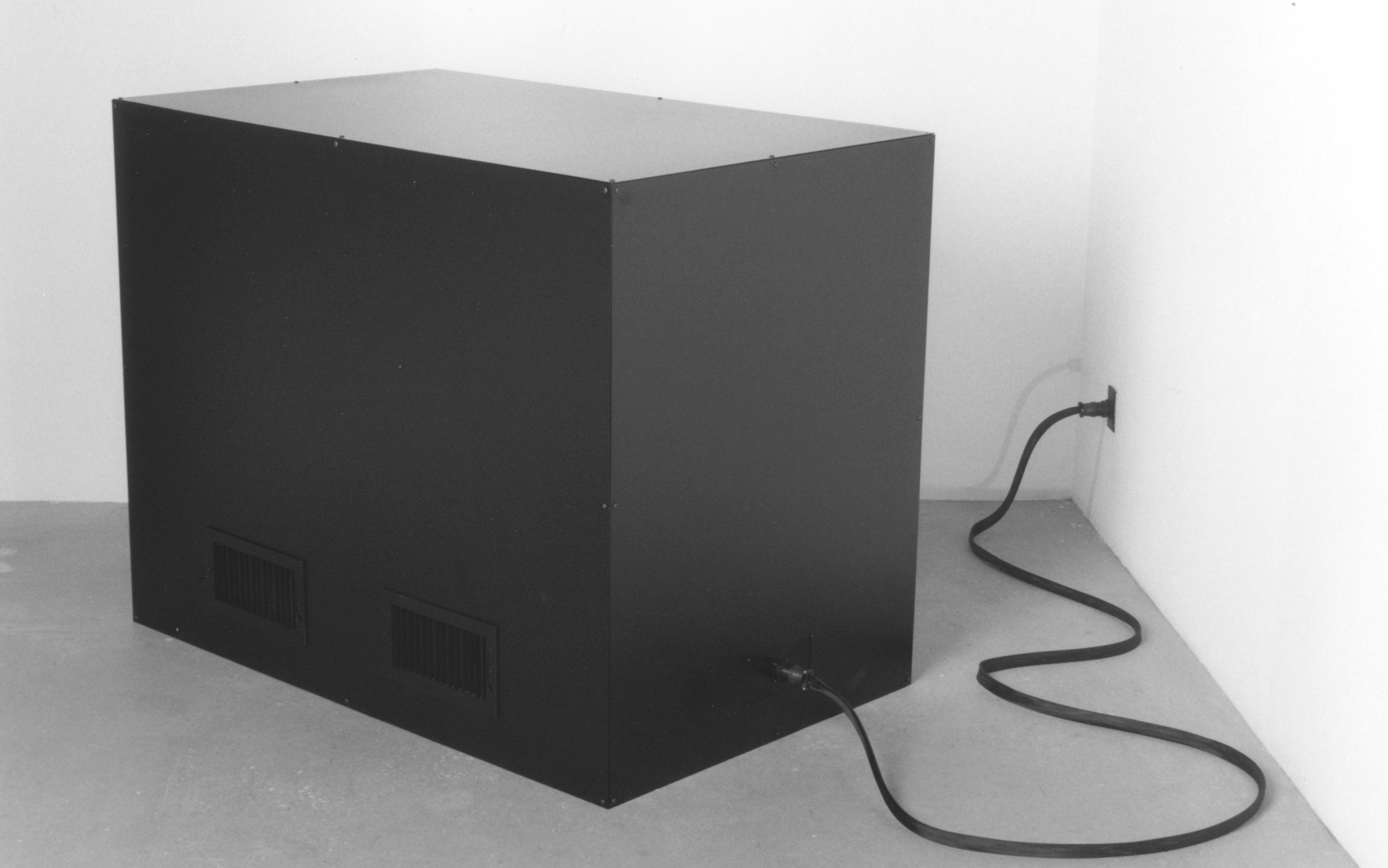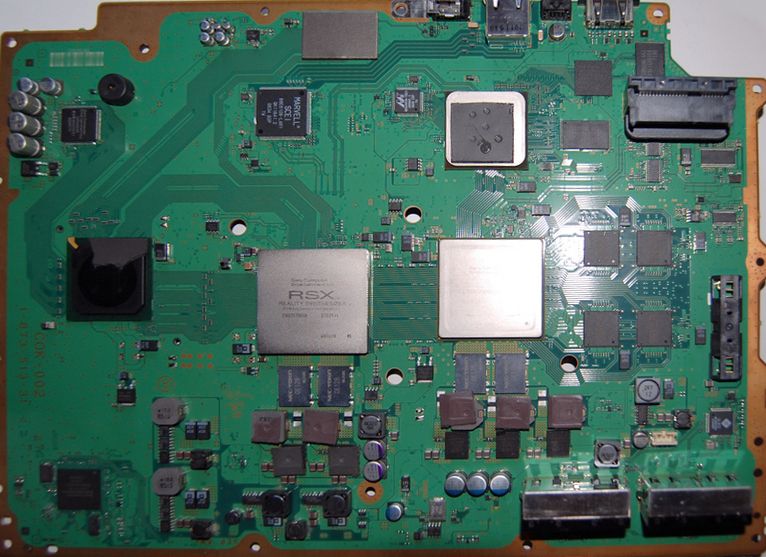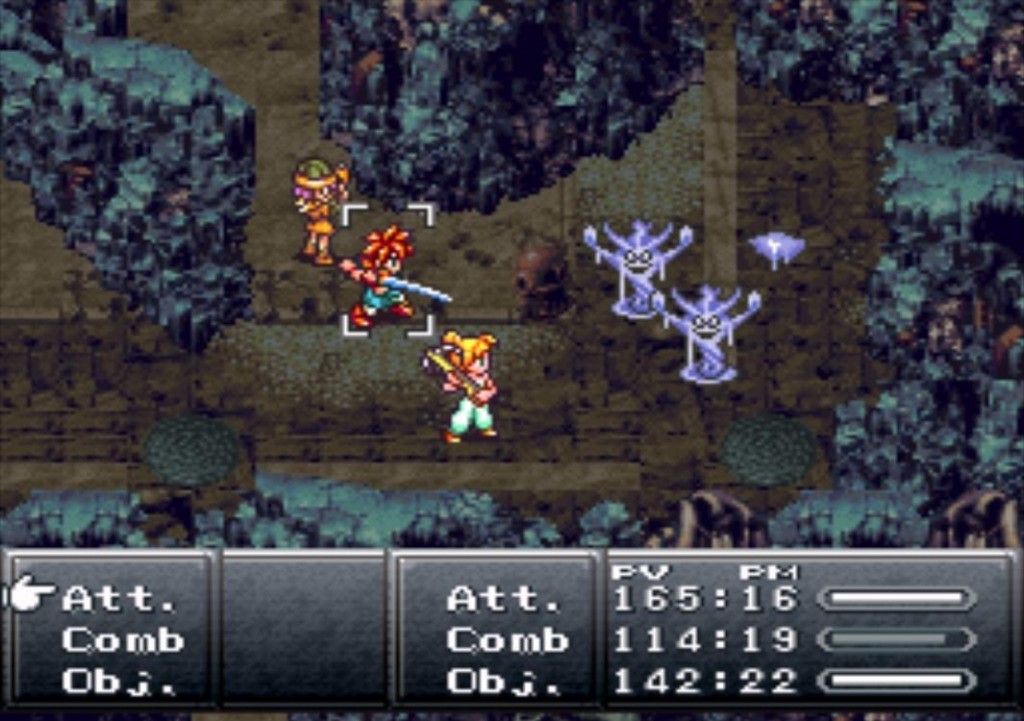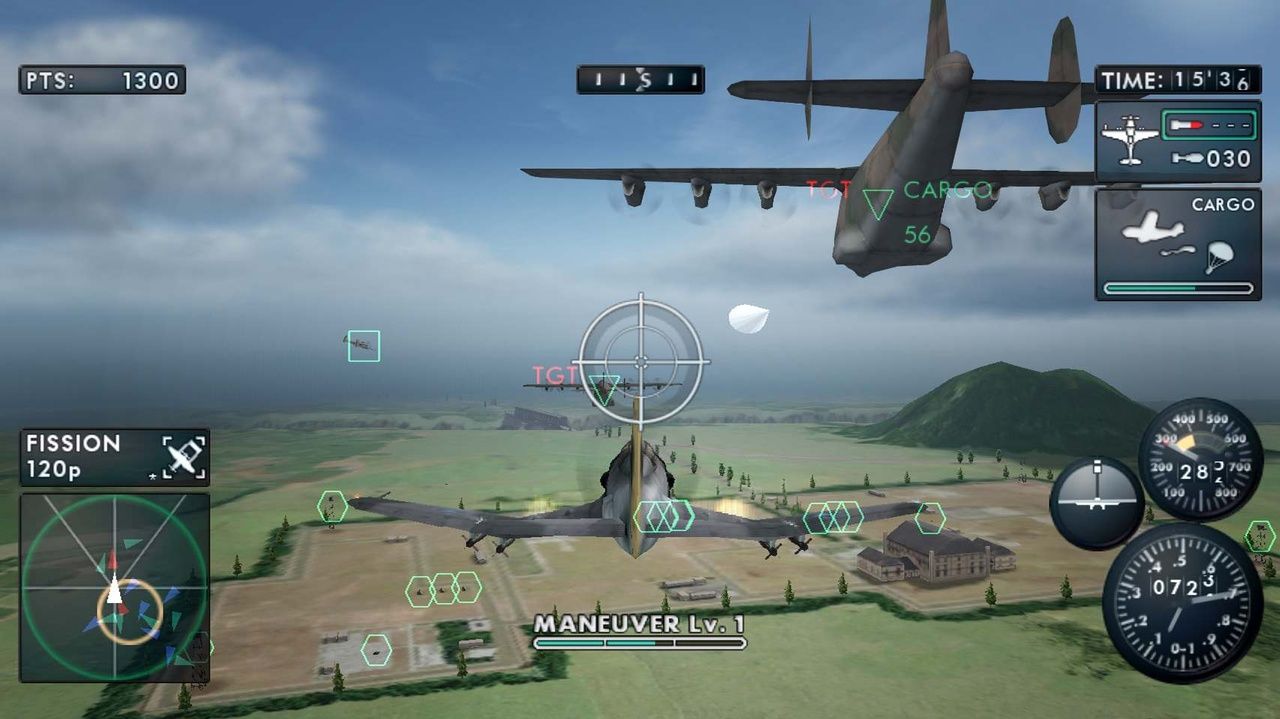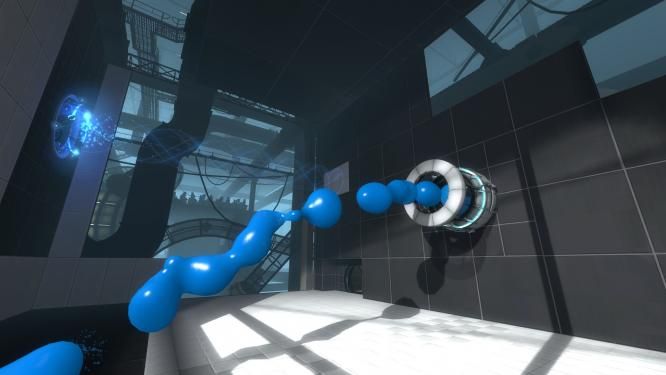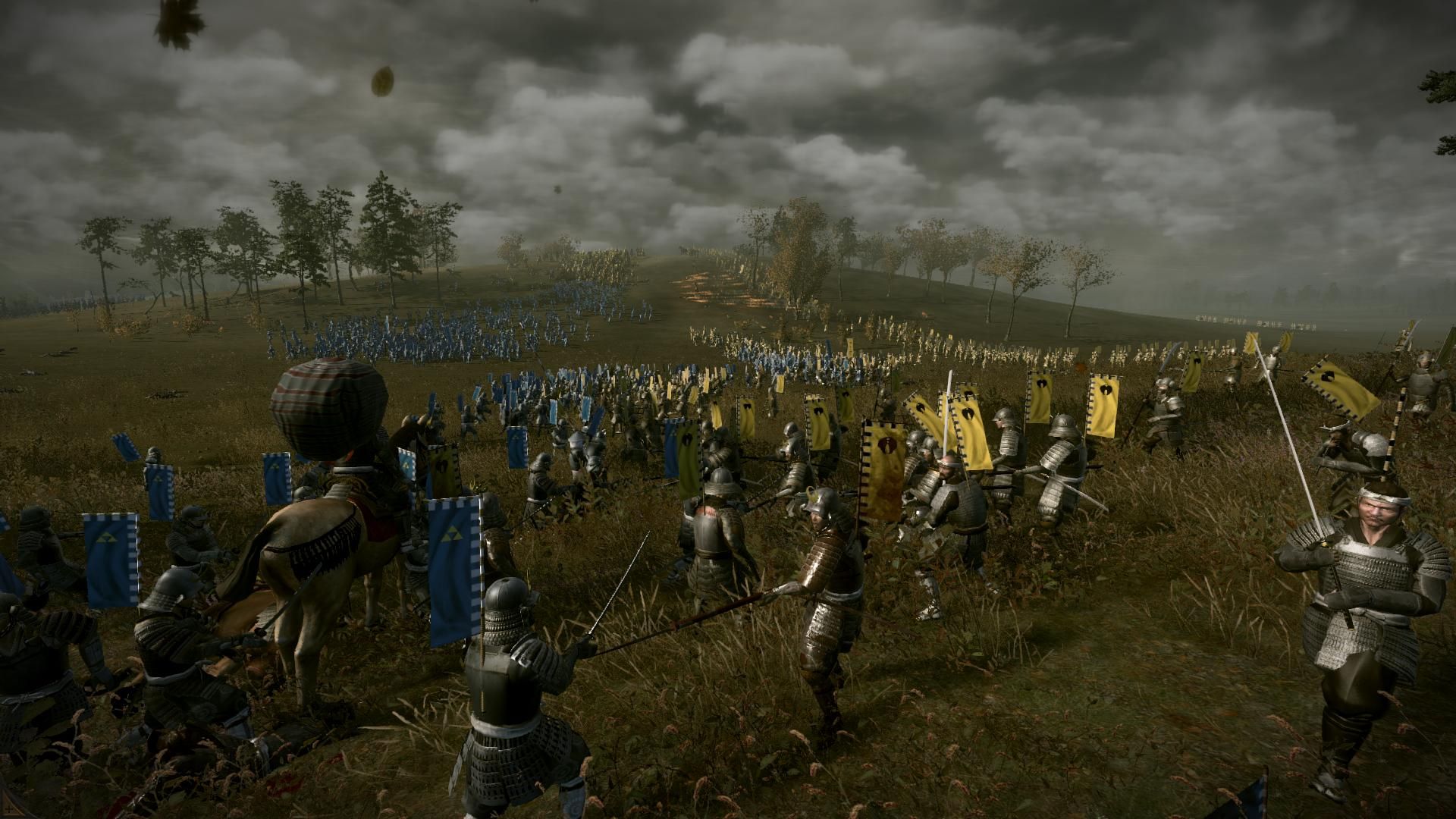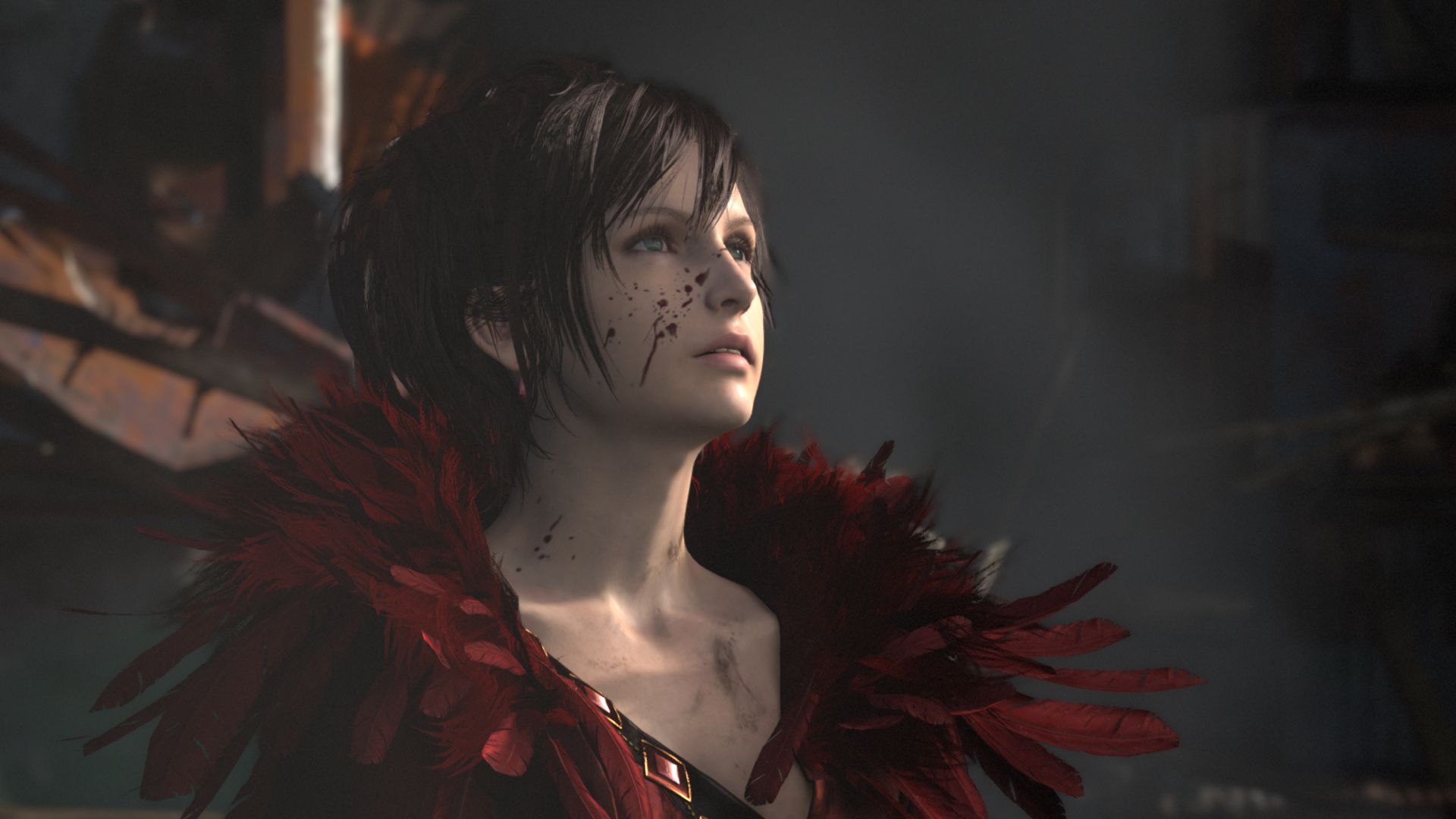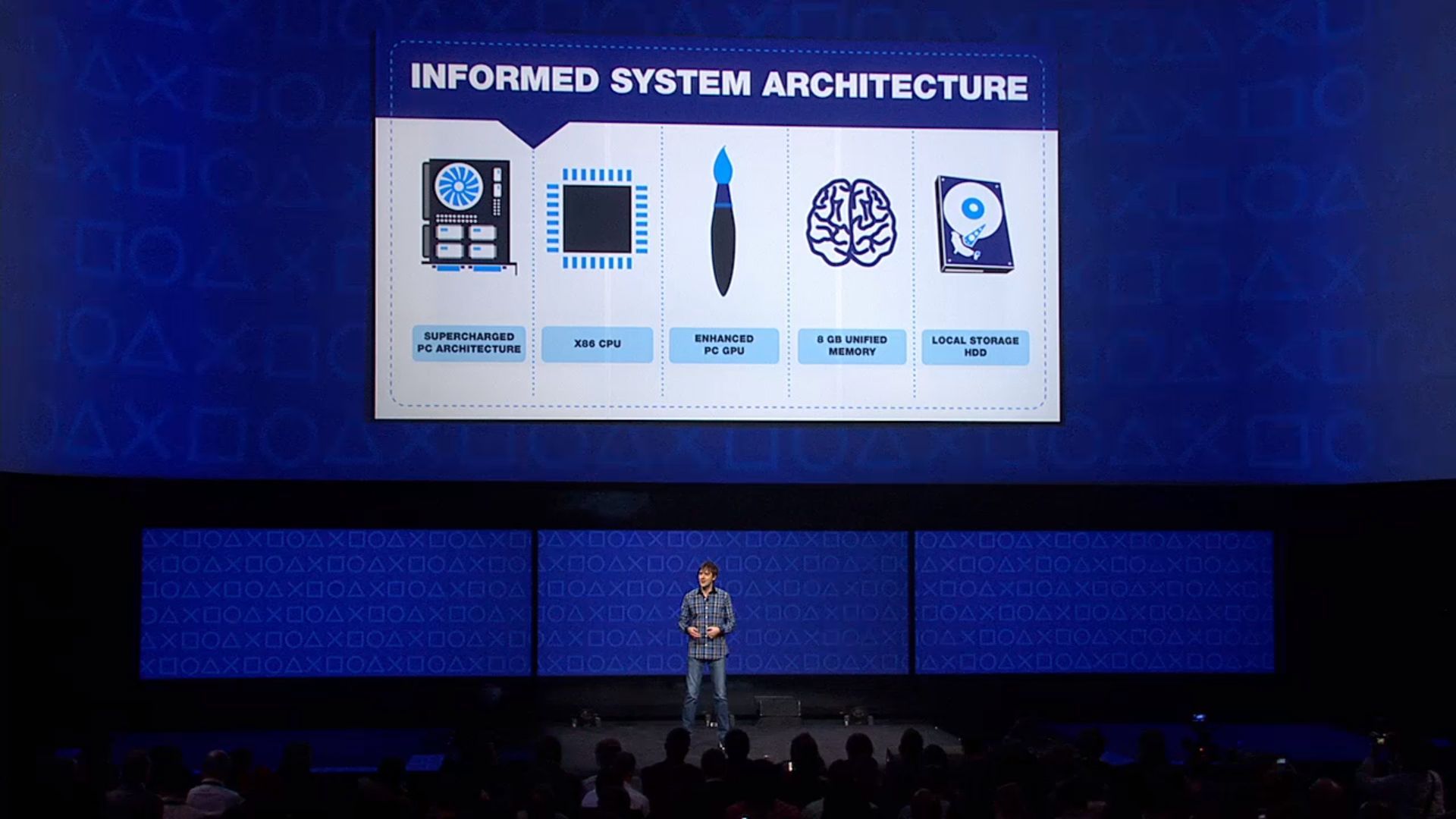At the outset of a new generation we hear a lot of gamers, journalists, developers and even console manufacturers themselves repeating the mantra "Specs don't matter", or a rather wide array of equivalent lines downplaying the importance of the hardware specifications of current and future platforms.
Of course, that kind of line is often dictated by a slight bias, especially when it comes from industry professionals that are trying to push games that don't exactly stretch hardware capabilities towards their limits, and don't get me wrong: we all know how the marketing game is played and such a standpoint is even partly understandable.
Then we get the extreme cases: after the unveiling of the PS4 that gave us a very thorough rundown of its specs (more detailed than what you'd normally get almost a year before release) and a very extensive glimpse on some of the games that will run on it, there are many people that cry their eyes out because they didn't get to see the actual machine, that most probably will be just another black box sunk between the many black boxes of our entertainment setup.
While that kind of ridiculous position could easily be addressed in an editorial of its own, today I'm not here to talk about clownish extremes, so let's proceed in an orderly fashion.
The new kid on the block
The PS4 looks like a very powerful machine by console standards. Hardcore PC gamers may be less impressed, due to the fact that their custom-built gaming rigs costing over a thousand dollars will always be superior to any console, including the PS4 itself.
In the meanwhile writers all over the world are scrambling for excuses to write click-whoring bundles of negativity reciting mantras like "Don't believe the hype!", "We're being Gearboxed!", "There were no women on stage!" , "Old man's face!", "We already saw that tech demo!" and so on and so forth. Of course we shouldn't forget the aforementioned "Specs don't matter!"
Let's not even consider the definitely impressive display of demos shown at the presentation and let's just take a look at the basic specs themselves, as they do tell quite a lot.
- CPU : x86-64 AMD “Jaguar”, 8 cores
- GPU : 1.84 TFLOPS, AMD next-generation Radeon™ based graphics engine
- Memory: GDDR5 8GB
Sony purposely used the PC architecture as a base for the machine, so comparing it to a PC is definitely feasible. Looking at the processor paired with a GPU that seems comparable to a Radeon HD 7850 and nicely completed by eight gigabytes of shared memory, we have a definitely solid configuration comparable to a gaming PC capable to run every currently available game at maximum settings without much effort.
Any PC gamer that did his homework on hardware can easily estimate the capabilities of this kind of setup, without even considering the fact that it won't have to run a resource-hogging OS like Windows, the advantages of shared memory and the standarized configuration that will further enhance performance.
Is it a game changer for gaming in general? Not entirely, besides making that kind of power a lot more affordable and accessible (we still don't know how affordable of course, but that will depend on how much Sony will be able to shave off the price). Is it a game changer for consoles? Most definitely.
"Gameplay > Graphics"
When people downplay the importance of hardware specs, the most commonly adopted argument is the one derived from the old adage "Gameplay is more important than graphics".
Mind you, I absolutely agree with that: gameplay is indeed king, and graphics should definitely take a back seat in comparison when judging the quality of a game, but that's not the whole picture.
There's a relatively small but crucial detail that many tend to forget: advanced graphics are only one of the many results of advanced hardware. There are quite a few others, and most of those directly influence and enhance gameplay itself or other important aspects of gaming and development.
Downplaying those effects is a rather large mistake.
More power does not just imply better graphics
Have you ever played an AAA racing game on consoles like Forza Motorsport 4 (or Forza Horizon) or Gran Turismo 5? Despite the efforts made by developers to improve this kind of problem, there will be seeveral situations in which opponents will react in a very sluggish way to the presence of your car on the track, or won't react at all, often using your lovely Ferrari as a mobile guard rail and sending you spinning into the grass. That's not because the AI was programmed to be aggressive, but because it doesn't have enough processing power to consider and react to all of the thousands of factors and variables involved in driving in traffic without bumping on another car that, being driven by a human player, is rather unpredictable for its electronic brain.
Similarly, I remember playing The Sky Crawlers on the Wii. Don't get me wrong: it's a lovely little game graced by a fantastic Anime license (you should really watch the movie with the same name) and some top-notch art direction and story. Since it's developed by Project Aces, I was expecting similar gameplay to the Ace Combat series. Unfortunately, I was disappointed by the ridiculously small number of enemy planes that, on top of it all, flew like dumb brainless ducks. That was because the Wii didn't have enough juice to display a higher number of planes and give them complex Artificial Intelligence routines.
I could fill tens of pages of examples like that, because there are several elements directly related to gameplay that are radically influenced by the platform's brute computational strength.
Artificial intelligence is obviously the first that comes to mind. Giving a "brain" to what's little more than a texturized 3D model on a screen isn't exactly an easy thing, and the less hardware resources are dedicated to make that brain work, the more simple and "stupid" that brain will have to be.
Having smart enemies able to react to our actions in a believable way and to confront us with less predictable challenges definitely enhances the quality of gameplay. The same goes for your allies. How many times did you cuss, while playing a Mass Effect game, when one of your squad mates nicely waltzed like a complete donkey right in your line of fire? That directly depends from the availability of hardware resources to perform that kind of tasks.
Physics are another crucial factor. Simulating the behavior of physical objects is extremely hardware-intensive, and gets more demanding the more realistic and believable the simulation is. Strong physics simulations aren't just a matter of displaying pretty explosions, but can influence gameplay in extremely radical ways.
Going back to the example of racing simulators, accurate physics make the behavior of our car accurate and predictable (if you know how to drive that kind of car in that kind of situation, of course), enhancing by far the realism and entertainment factor of the experience. There's a radical gameplay difference between a game that physically calculates the effect of collisions on the parts of your vehicle, influencing its driving behavior, and one running with an inferior physics engine that will just subtract from an energy bar when you bump against an opponent.
Just think about all the extremely fun physics-based puzzle games you can find on many platforms. The more processing power you can dedicate to your physics engine, the less constraints developers will have to apply to that kind of game. I'll just leave you with a name: Portal.
The number of actors displayed and functional at any given time is often considered just a graphical matter, but rather obviously it's not just that. Racing against a grid of twenty cars instead of eight most definitely influences your gameplay experience, and the same goes for fighting tens of enemies instead of just a handful, let alone leading entire armies of thousands of troops.
It's no surprise that no game of the Total War series has ever been released on a console, and it's not just a matter of controls. So far consoles simply didn't have enough juice to work with armies composed by thousands of individual models fighting individually against each other on a large battlefield.
Even when we're considering human players, the ability to display more on screen is crucial to gameplay, especially to Massively Multiplayer Online games. If you've ever played the first version of Final Fantasy XIV, you know how absolutely annoying it is to have people appear and disappear from your screen like light bulbs because the engine can't handle them all. While that's more strictly related to graphical power, it definitely influences gameplay as well, as developers can implement bigger raids and more epic battles that involve more players at the same time when they have more hardware resources to actually display them.
Size and scope contribute to gameplay more than many would like to admit. More juice means the ability to build bigger, seamless and more complex worlds to explore without being bothered by loading screens or the excessive use of recycling and tiling. I'm sure I don't need to explain the gameplay differences between having a small, linear game world and an immense one that you can travel to your heart's content without having your immersion broken by a semi-static screen and a loading bar or by finding impassable mountains (or worse, invisible walls) slapped in your face at every corner.
Cinematic interaction is obviously partially linked with graphics, but only partially. Many sarcastically downplayed Square Enix's display of the already seen Luminous Engine demo, but the fact that it runs in real time on a commercial console is no small feat. Being able to run cut scenes of that quality in real time makes CG basically obsolete, and that doesn't just save a lot of space on disc (CG eats gigabytes like cookies) that can be used to create bigger games with more and more varied assets, but it also involves the ability of adding more interaction.
In the waning generation that kind of interaction was basically limited to fairly boring quick-time events, in cut scenes that still showed a very steep visual degradation from CG. More processing and graphical power means not only that the visual gap will narrow, but also that control can be partially or fully restored in the hands of the player, as narration won't be enslaved to pre-rendered scenes that the engine cannot change.
There are of course many more examples of gameplay elements that can benefit from higher processing power, but I'd say I listed enough to make the point clear without going too much on a tirade. It's very true that gameplay is more important than graphics, but arguing that better specs contribute only to graphical evolution is quite misleading and disingenuous.
It's actually relevant that the press release announcing the specs of the PS4 explicitly clarifies that the graphics chip of the console isn't dedicated only to improve a game's visuals.
The Graphics Processing Unit (GPU) has been enhanced in a number of ways, principally to allow for easier use of the GPU for general purpose computing (GPGPU) such as physics simulation. The GPU contains a unified array of 18 compute units, which collectively generate 1.84 Teraflops of processing power that can freely be applied to graphics, simulation tasks, or some mixture of the two.
It's also interesting to note, as an aside, that narrowing the performance gap between consoles and PC isn't just a good thing for console gamers, but for PC gamers, as well. I'm quite sure many are very familiar with the shamefully muddy low-resolution textures Skyrim launched with. The problem was solved months later with a high resolution textures pack, but it's the perfect example of the effect of having games developed for platforms with a very wide performance gap: a lot of games will be developed to fit the lowest common denominator.
With the difference getting less extreme, PC gamers can expect games that will use the power of their machines better and more thoroughly despite being ports created with a console as the lead platform, and as someone that's definitely a PC gamer at heart, I can't say I'm not excited for that.
Architecture, Architecture, Architecture
While it influences processing power only partially, a system's architecture is also an (often misunderstood and underestimated) integral and very relevant part of its specs, contributing to just how important a system's underbelly is to much more than its graphics.
With the PS4, Sony Computer Entertainment is moving to a PC-based architecture, with game-changing effects.
A PC-based architecture influences development costs and access radically. Developers and publishers will be able to divert resources that were previously dedicated simply to allow their game to work on a PlayStation platform to making said game bigger, better or cheaper to produce (or a combination of those factors). On the other hand, studios that previously could not afford developing for PlayStation platforms because they lacked the budget or the expertise will be able to do so with the PS4.
Some could argue (and I've seen it argued) that such a move will reduce the quality gap between first party and third party software, but that doesn't mean that first party games will be worse. It simply means that more third party games will be better, and that's hardly a negative perspective.
We'll also see a much larger involvement of the indie development community (even thanks to the promised self-publishing option), that is too often locked out of the large and profitable console market, and that's also a very positive trait of the new architecture.
Not just a matter of pretty pictures
While it's true that part of the augmented processing power of the PS4 will be dedicated to enhancing visuals, stating that it won't influence gameplay and therefore it doesn't matter is simply untrue. More hardware resources and a simpler and more flexible architecture won't make games automatically better, but will allow developers to work with less limitations to their creativity and vision.
Paradoxically, the generation that is speeding towards its conclusion was characterized by developers often forced to sacrifice gameplay elements to devolve as much juice as possible to graphics and special effects, with machines struggling to hold the much advertised and demanded target of 60 frames per second at 720p.
The generational leap in terms of processing power will possibly give them more leeway in reintroducing what they previously were forced to cut without giving up the visual fidelity that many gamers definitely require.
We can expect games that will let us explore bigger and more complex worlds, that will pitch us against more, smarter and more challenging enemies and will team us with less asinine companions. They will probably tell us stories without taking too much of our control away and will hopefully react to our actions in a more believable and complex way.
I would go ahead and say that the generation of the PS3 and the Xbox 360 has been the generation of the pretty pictures. The next generation has the full potential to be made of a different mold, at least for what the PS4 is concerned, and its beefy specs play a large role in that. Of course, we'll have to see if that potential will solidify into reality, but for the moment the outlook is definitely positive.
Bigger and stronger may not automatically mean better, but it can definitely help.

